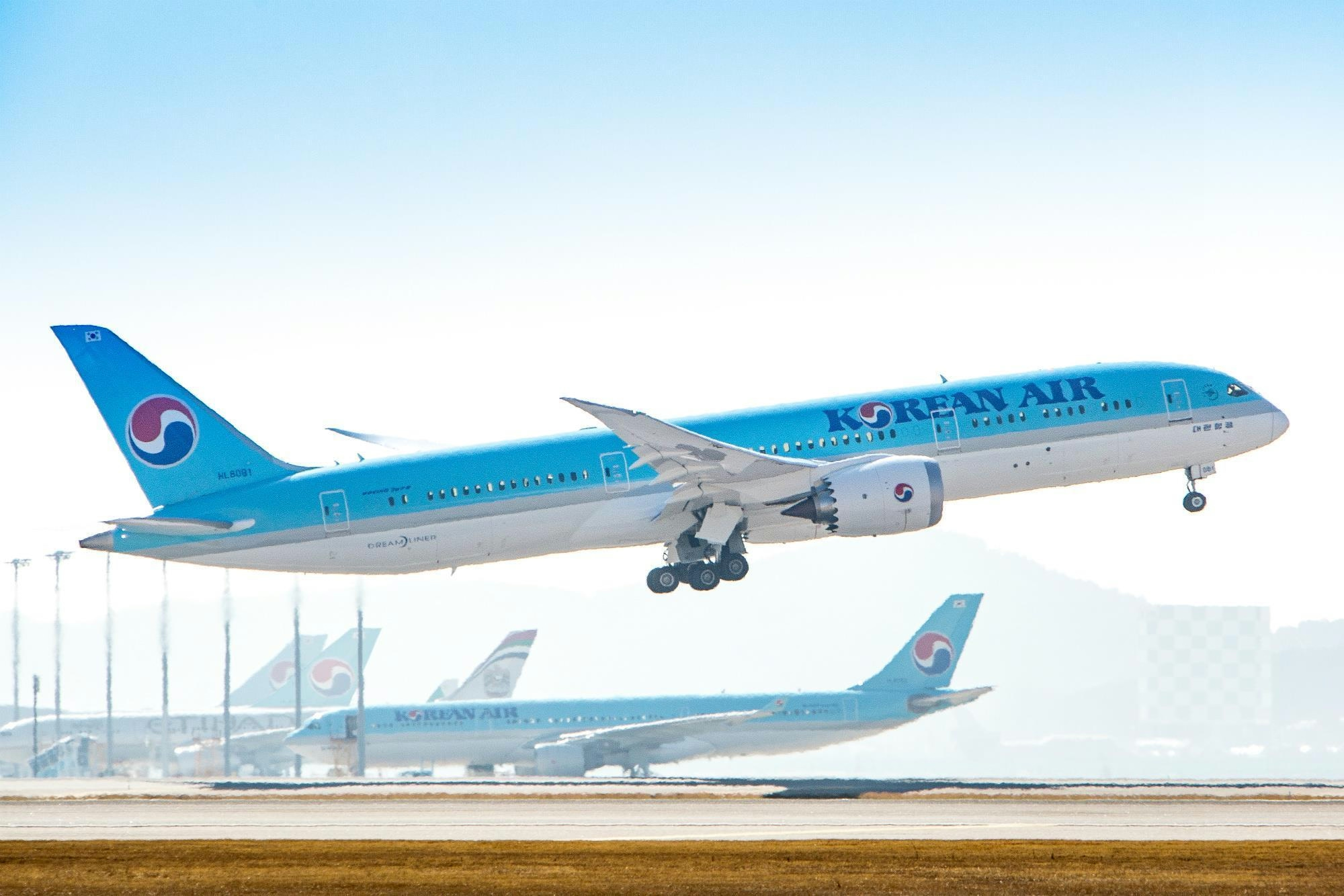
AeroGenie — Votre copilote intelligent.
Tendances
Categories
Philippine Airlines Plans Next Phase of Fleet Renewal as Growth Resumes
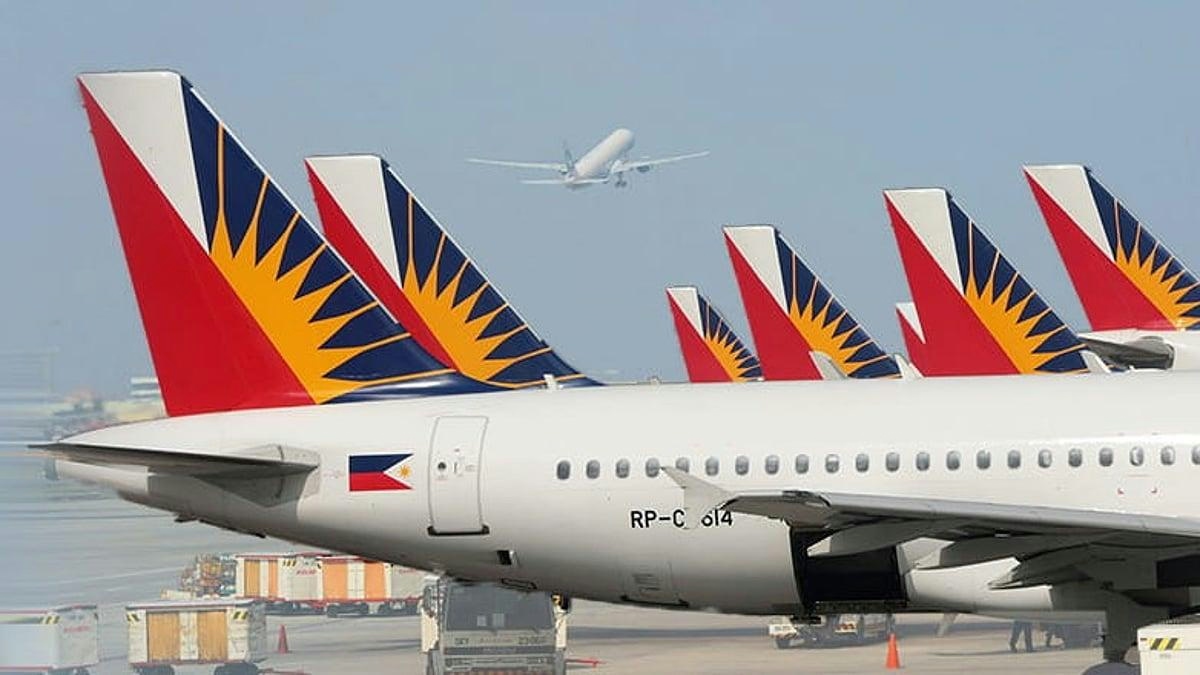
Philippine Airlines Advances Fleet Renewal Amid Industry Evolution
Philippine Airlines (PAL) is preparing for a pivotal year in 2025, marked by a leadership change and significant developments in its fleet modernization strategy. The airline is set to receive its first Airbus A350-1000 aircraft later that year, a milestone in its ongoing efforts to upgrade its fleet. Additionally, deliveries of the Airbus A321neo will resume in 2026 after a lengthy hiatus, with further orders under consideration as PAL seeks to expand and refresh its aircraft lineup.
Strategic Leadership and Market Positioning
This new phase of fleet renewal coincides with the appointment of Richard Nuttall as president in May 2025. The introduction of the A350-1000s is expected to strengthen PAL’s operations in North America, its most critical international market. Domestically and regionally, the airline faces mounting competition from low-cost carrier Cebu Pacific. This competitive landscape compels PAL to strategically target market segments that complement its full-service business model, ensuring it maintains a distinct value proposition amid intensifying rivalry.
Challenges and Competitive Dynamics
Despite the promise of modernization, PAL’s ambitious fleet renewal presents considerable challenges. The substantial financial outlay required for new aircraft acquisitions, coupled with the complexities of integrating advanced aviation technologies, raises concerns among investors about potential financial pressures. These challenges are particularly pronounced given the prevailing economic uncertainties. The airline’s capacity to effectively manage these risks will be a key factor in its success during this critical period.
Competitors are expected to respond to PAL’s fleet enhancements. Cebu Pacific and AirAsia Philippines may recalibrate their strategies to remain competitive against PAL’s upgraded fleet. This regional dynamic reflects a broader global trend, exemplified by Austrian Airlines’ recent order of 22 A320neo-family aircraft. Such moves highlight the industry-wide emphasis on fleet modernization aimed at improving operational efficiency and reducing environmental impact, factors that will continue to shape competitive strategies in the region.
Infrastructure Developments and Future Outlook
Both PAL and its competitors stand to gain from ongoing airport expansion and infrastructure projects in the Manila metropolitan area. These developments are anticipated to alleviate congestion and accommodate the expected growth in air travel demand, providing a supportive environment for the airlines’ growth ambitions.
As Philippine Airlines embarks on this next chapter, the interplay between fleet modernization, competitive pressures, and evolving market conditions will be instrumental in defining its future trajectory.
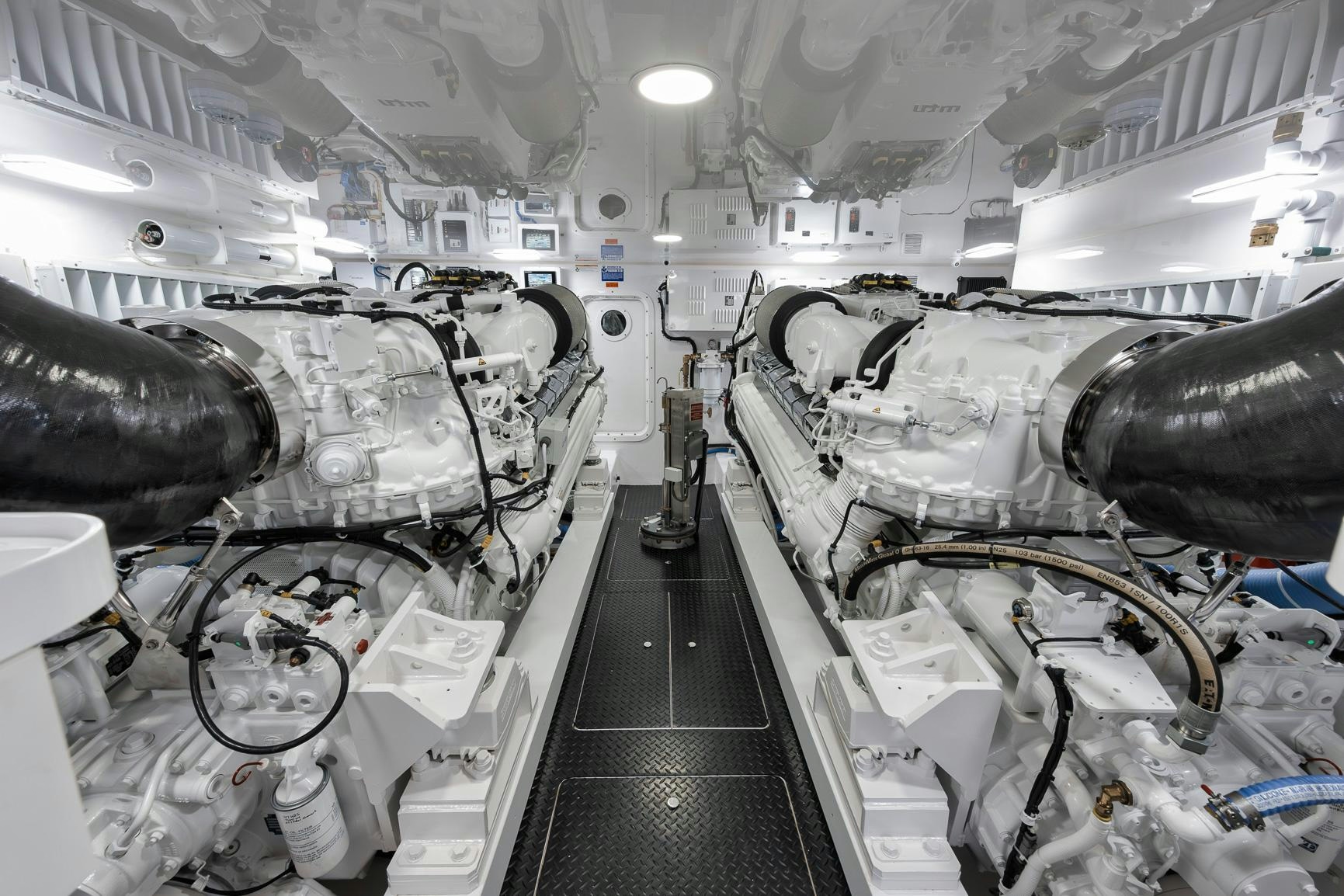
Why Aircraft Engines Lack Screens or Grills
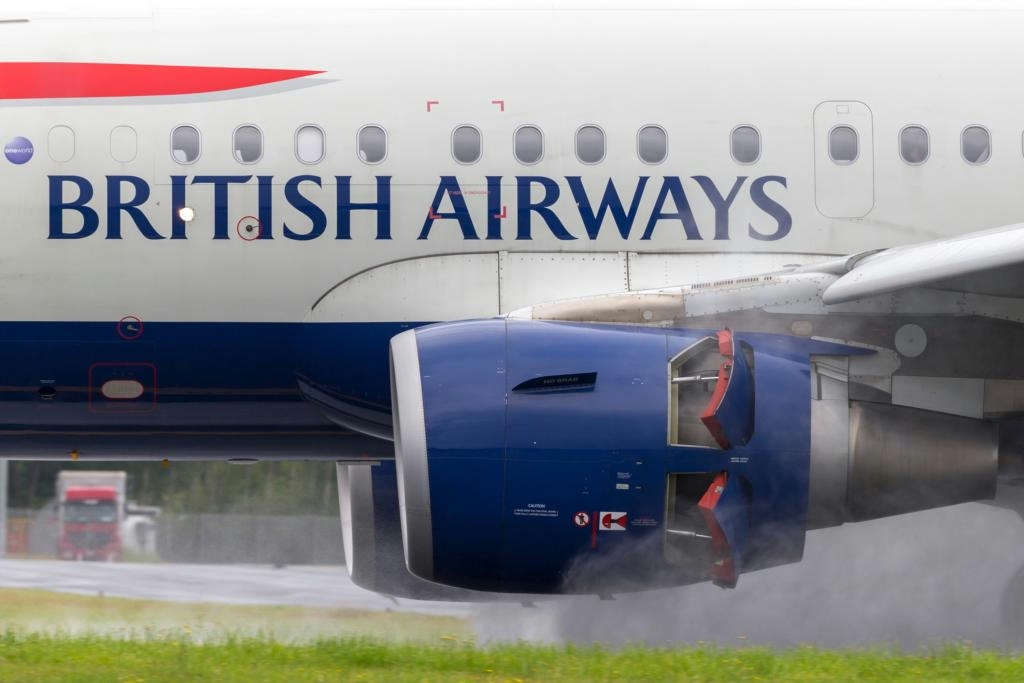
How Aircraft Engines Use Reverse Thrust During Landing

AI-Powered Air Traffic Control Integrated into Home Flight Simulators
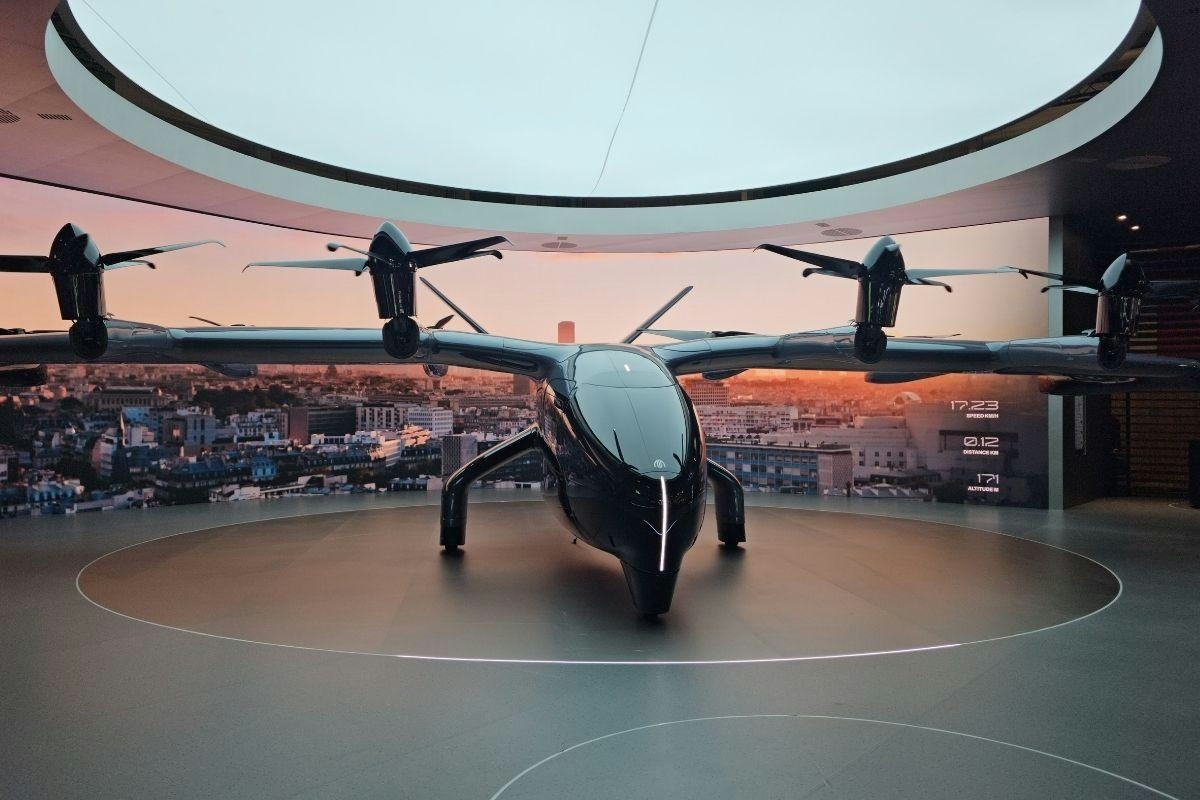
Autonomous Flying Taxis Prepare to Enter U.S. Airspace
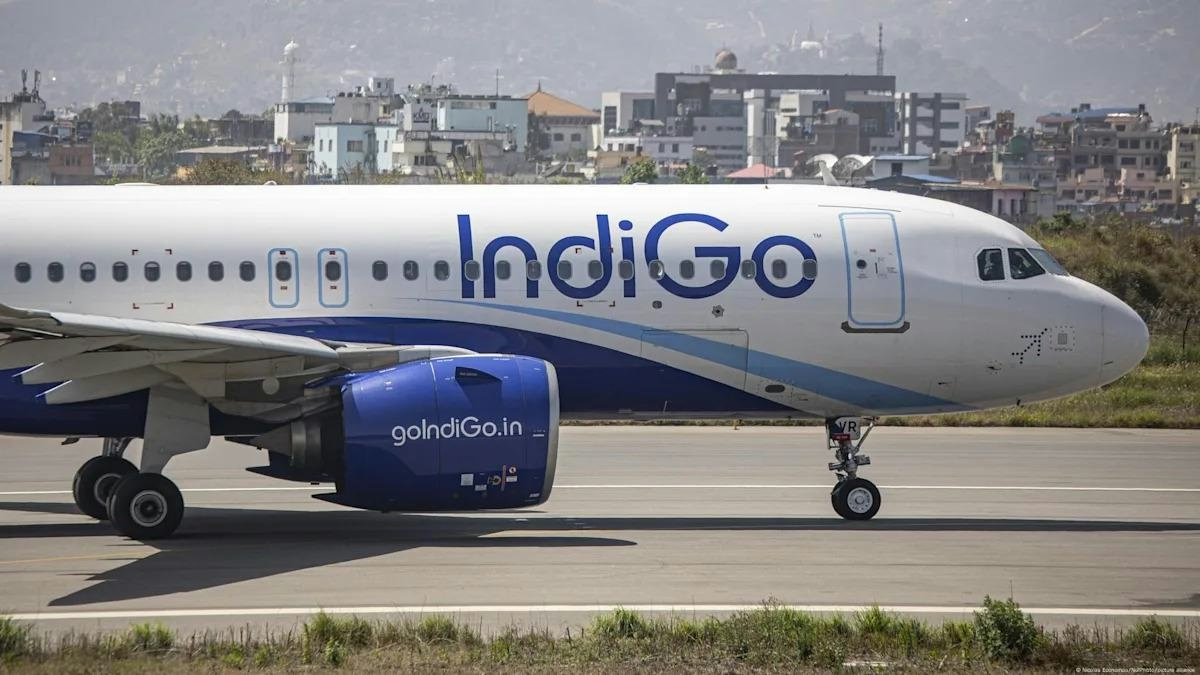
Aviation Ministry Approves Two New Indian Airlines Following IndiGo Crisis
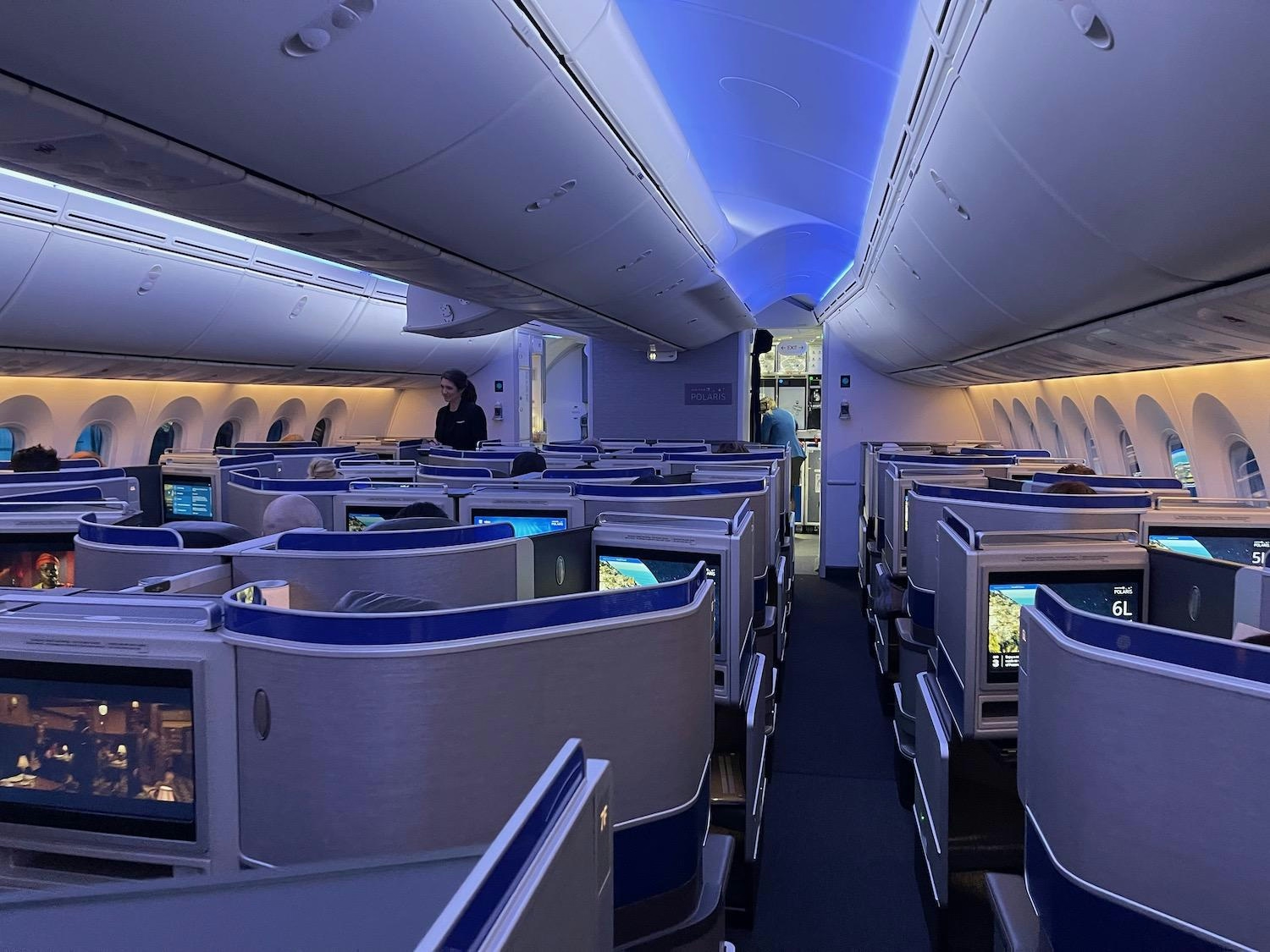
Is the Boeing 787-10 a Viable Option for Delta Air Lines?
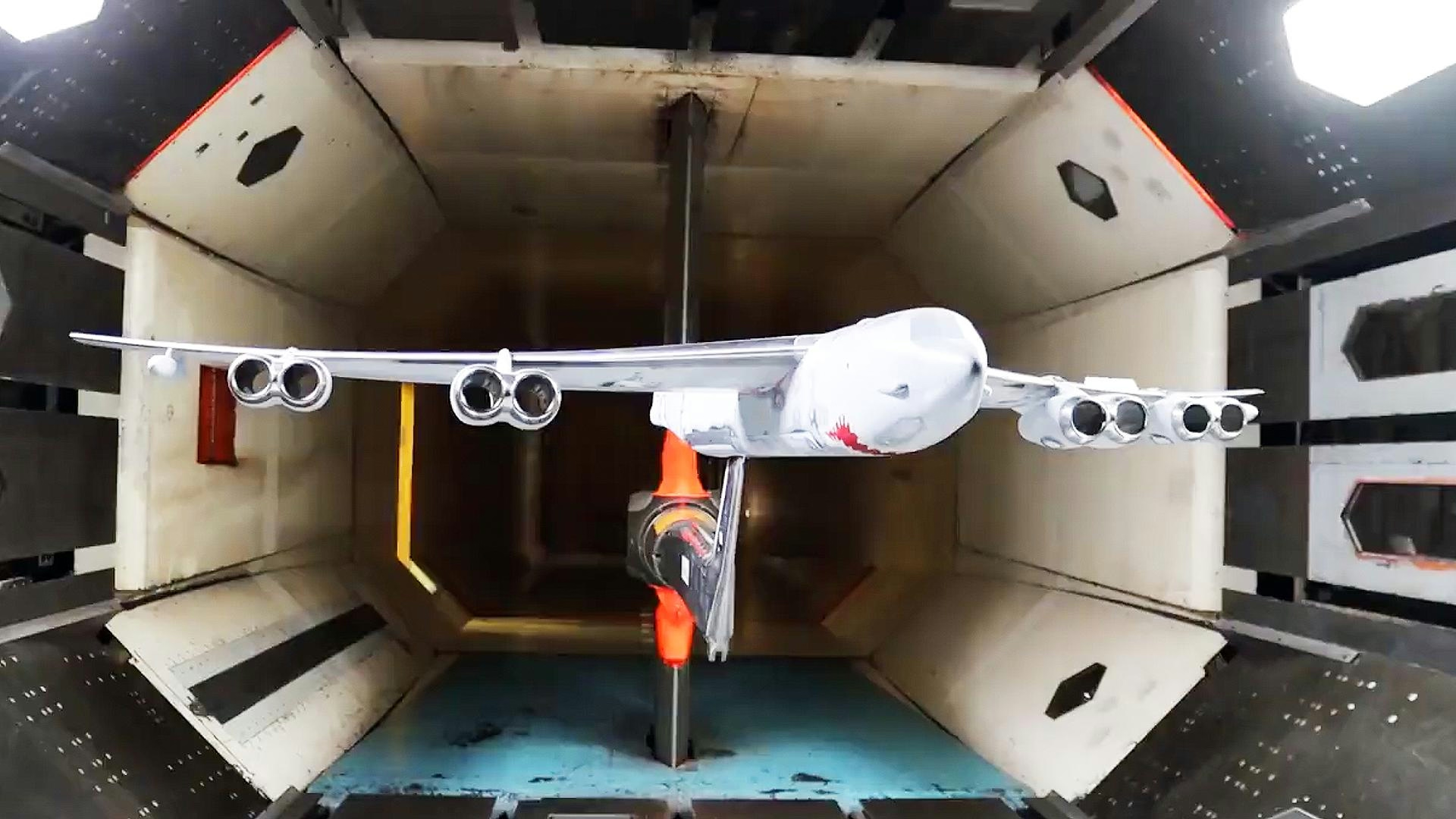
Boeing Wins $2 Billion Contract to Upgrade B-52 Engines
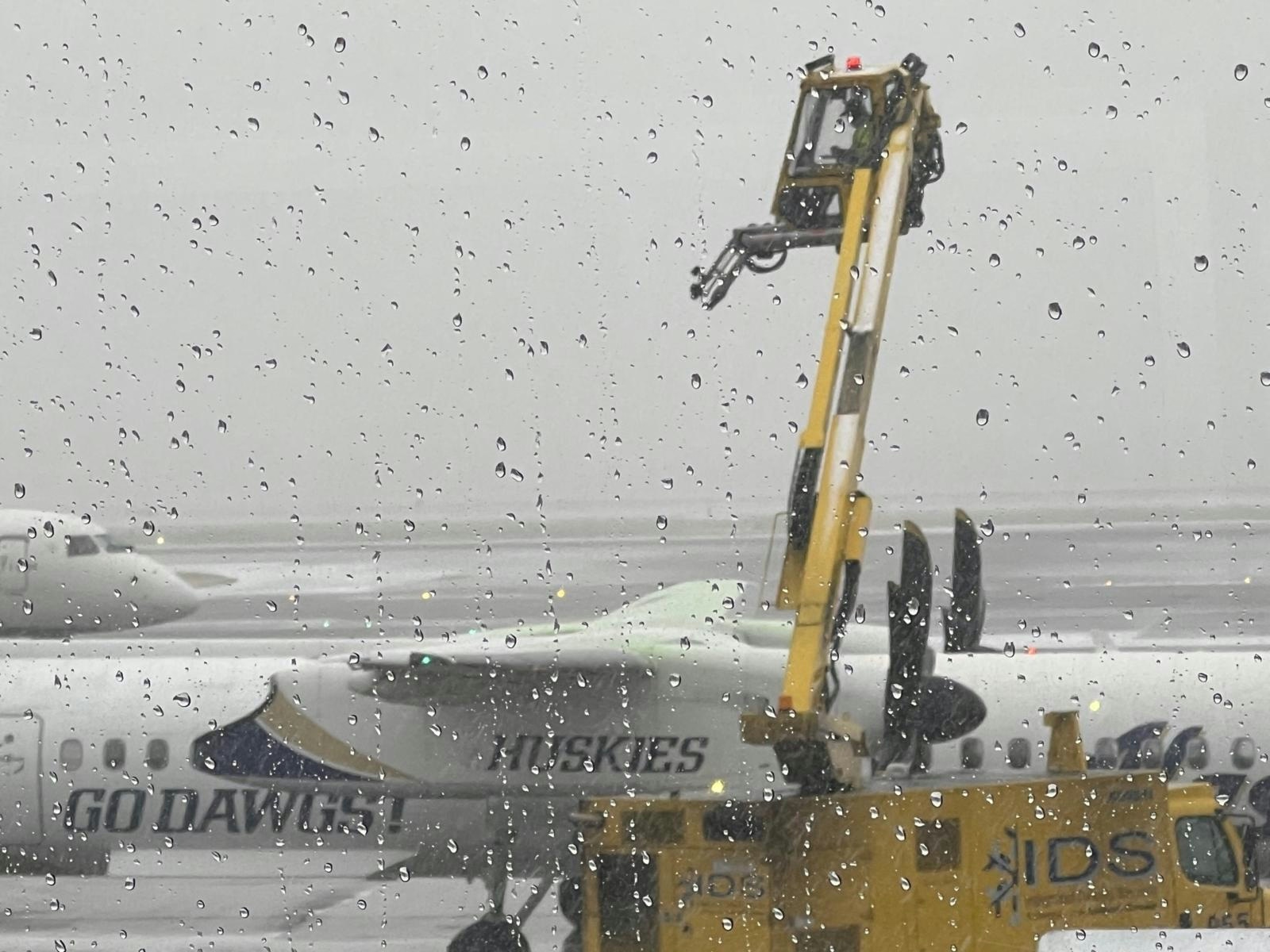
Do Aircraft Engines Require Antifreeze in Winter?
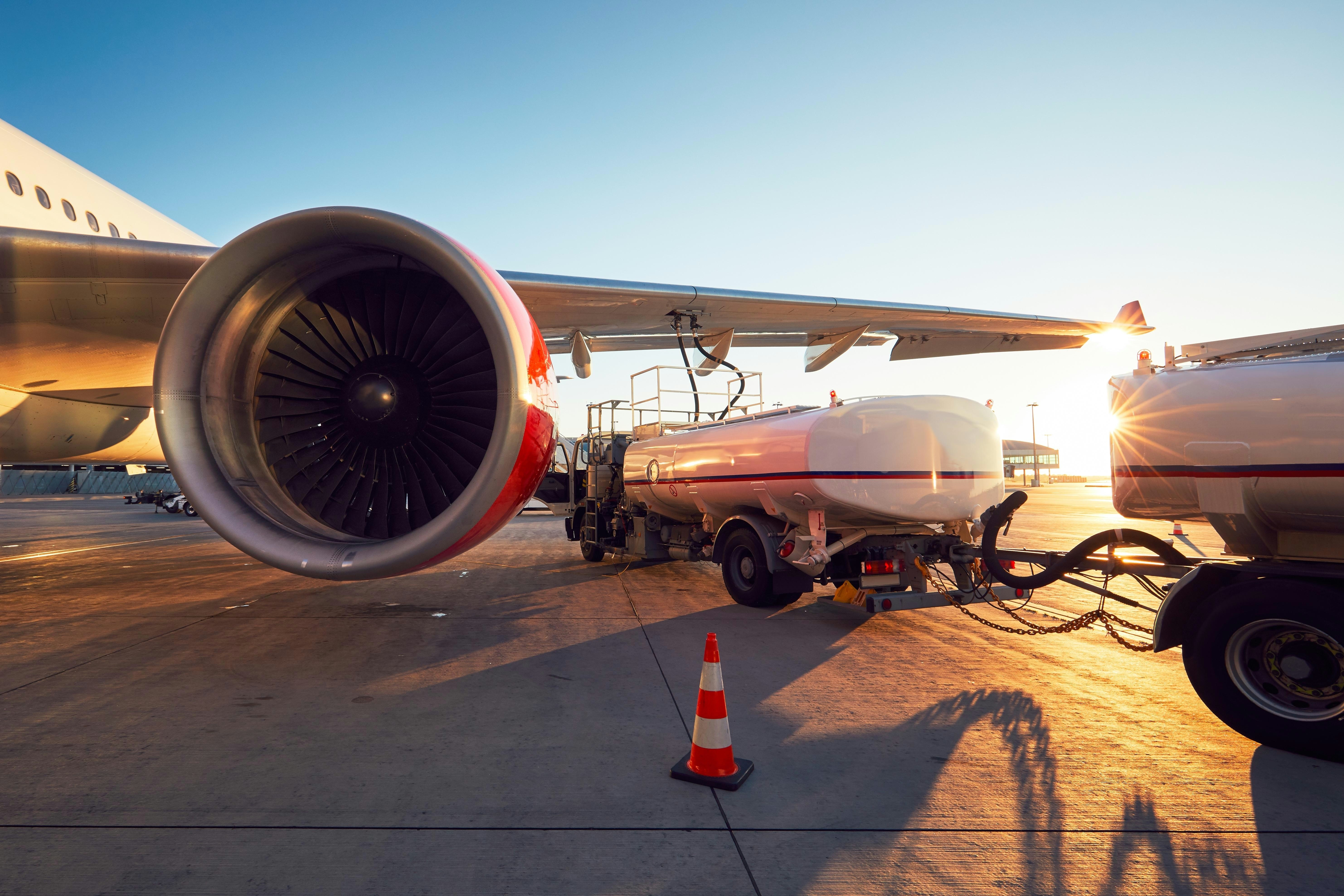
Biman Faces Worsening Fleet Shortage Amid Leasing Challenges
